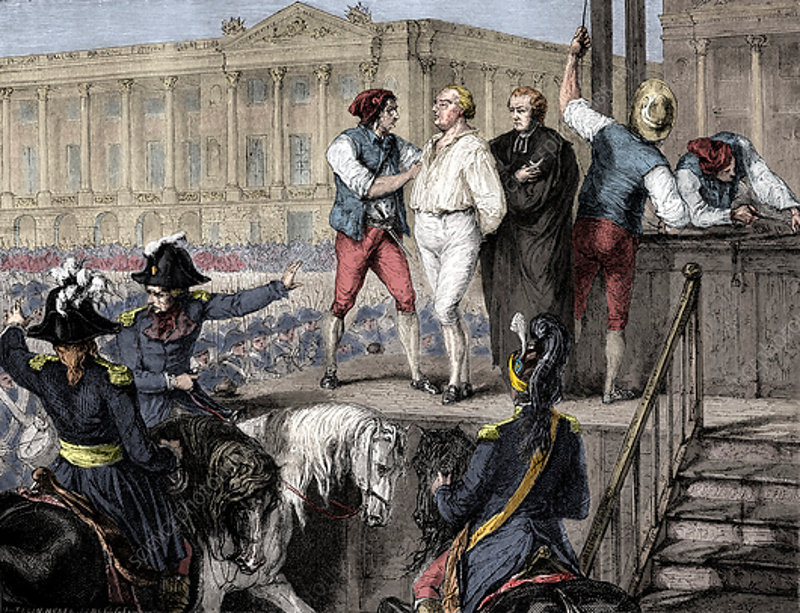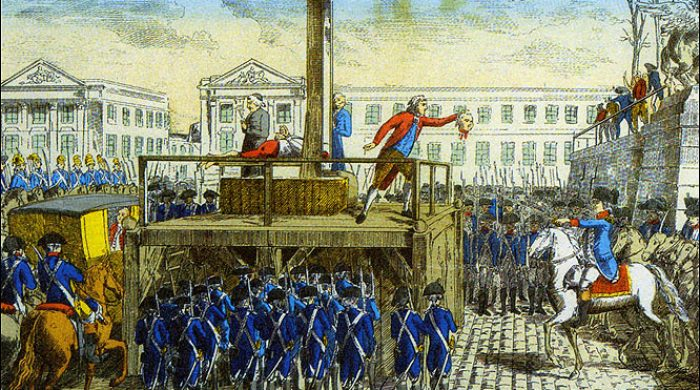The King’s Execution, January 21, 1793
On the 21st of January 1793, at the Place de la Revolution in Paris, Louis XVI was publicly executed by guillotine, a crucial event of the French Revolution. The National Convention had found the monarch guilty of high treason in a near-unanimous vote on January 17, 1793; while no one voted "not guilty," some deputies abstained. They eventually found him guilty and sentenced him to death by a simple majority. Charles-Henri Sanson, then High Executioner of the French First Republic and previously royal executioner under Louis, carried out the execution four days later.
Louis' death, which was widely seen as a watershed moment in both French and European history, elicited a wide range of reactions around the world. Although Louis would not be the last king of France, his death at the hands of his former subjects marked the long-awaited end of an unbroken thousand-year reign of absolute monarchy in France and the actual beginning of democracy within the country. Others, including some who had backed substantial political reforms, denounced the execution as a pointless act of killing, seeing it as proof that France had fallen into a state of violent, amoral disorder.
Louis' death empowered French revolutionaries, who would go on to drastically alter the country's political and social structure over the next few years. Nine months after Louis' death, his wife Marie Antoinette, a previous queen of France, was executed at the same spot in Paris by the guillotine.
Dates: January 21, 1793














